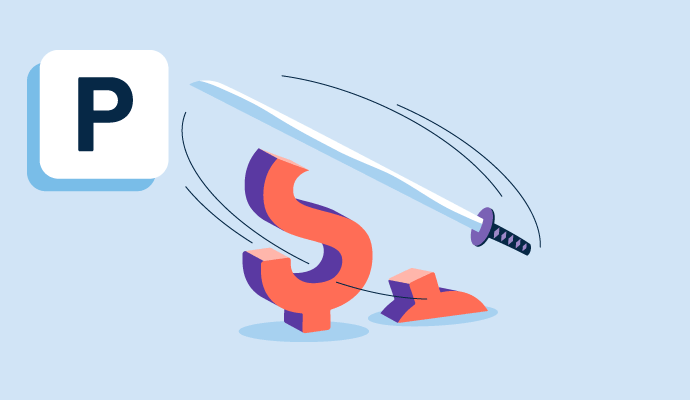What is a price war?
A price war is when two or more rival companies lower the price points on comparable goods or services in a strategic attempt to increase market share and gain customers.
Price wars are commonplace in competitive industries with several similar products. They may be used as either a short-term strategy to increase revenue or a long-term strategy for profitability.
Price wars may be prevented through strategic price management that relies on non-aggressive pricing, a thorough understanding of the competition, and even communication with competitors.
Companies use retail pricing software to define, manage, and analyze the best pricing strategies for their products. These tools allow companies to set location-specific pricing, create discounts and rebates, and use data analysis to track the impact of pricing strategies and initiatives.
Causes of a price war
Price wars may begin due to a variety of reasons. These include:
- Desire to gain market share: Companies may decrease prices in a market filled with comparable products or services to increase sales and overall market share.
- Excess inventory: Reduced pricing is also a way to increase demand for extra inventory. It’s best to use inventory control software to keep this from happening.
- Desperation: When a large company quickly loses market share, it will usually sacrifice profit in the short run for market share in the long run. For example, this might happen when a new company enters the field.
- Mismanagement: Managers who fail to see the big picture may reduce prices to hit short-term goals instead of focusing on long-term targets.
- Local competition: The desire to gain customers and dominate sales may drive price wars for local businesses that occupy a mutual area.
- E-commerce vs. brick-and-mortar: Online companies may attempt to gain more customers and steal business from brick-and-mortar companies with similar consumer demographics or products by initiating price wars via their online platforms.
Pros and cons of a price war
Price wars come with their advantages and disadvantages. Before a company decides to enter a price war, it is crucial to consider both sides.
Potential price war advantages:
- Probable increase in profits
- Improves customer retention
- Better deals for existing customers
- Possible business growth
- New customers
Potential price war disadvantages:
- Costly to businesses even if they win
- Loss of customers
- Potential decrease in profit margins in the short-term
- Customer reluctance to switch back to higher prices post-price war
- Loss of market share and profits
- Less competition and higher prices over the long term
How to win a price war
Companies can win price wars by leveraging specific strategies. Some of these strategies are described below:
- Conduct extensive research. Before a company reduces its prices, it should research what triggered its competitor to lower its prices. This is typically done by running a competitor analysis. Once a company has assessed what the current market looks like and understands how joining the price war will affect its business, it will better understand whether or not it should make a move.
- Create a clear differentiator. Businesses should make it clear to consumers why their product or service is different and why it's beneficial to choose their company over other competitors. Some common differentiators include distribution method, technological advantage, method of sale, market dominance, production efficiency, and product and service superiority.
- Offer customers additional value. When customers view a company’s products or services as valuable, they are more likely to purchase from them versus a competitor. Businesses can add value by giving away a free item with purchase, utilizing bundle pricing, and setting up a rewards points program.
- Increase marketing budget. Instead of continually lowering prices, it often pays off to budget money for social media marketing, direct sales, and email marketing. This will help potential customers understand the value of a product or service and why they should buy it from a particular company.
- Be strategic in pricing reductions. A company’s pricing reductions should be tied back to a strategy. When deciding which prices to change, it’s in the company's best interests to protect the pricing of high-value products and services.

Amanda Hahn-Peters
Amanda Hahn-Peters is a freelance copywriter for G2. Born and raised in Florida, she graduated from Florida State University with a concentration in Mass Media Studies. When she’s not writing, you’ll find Amanda coaching triathletes, cuddling up with a good book, or at the theater catching the latest musical.




